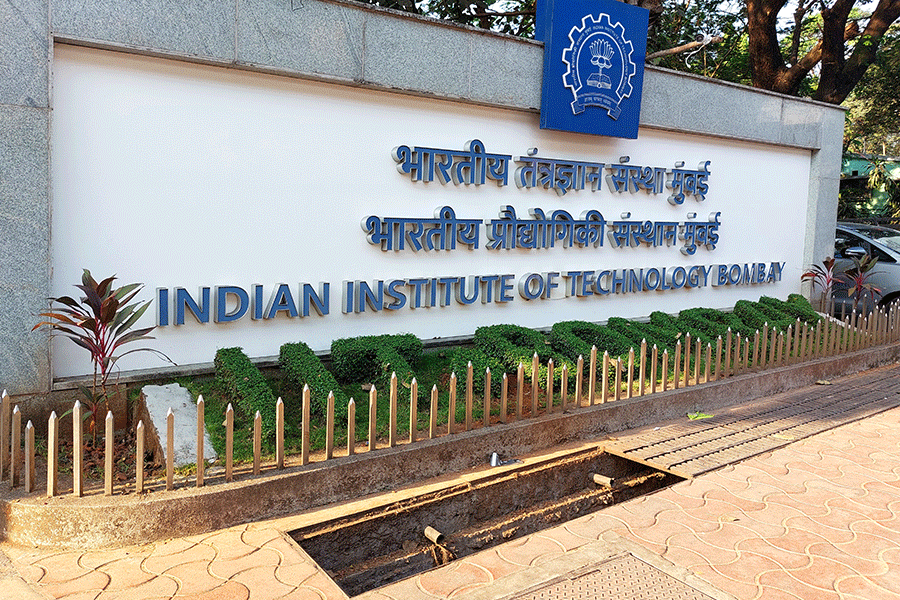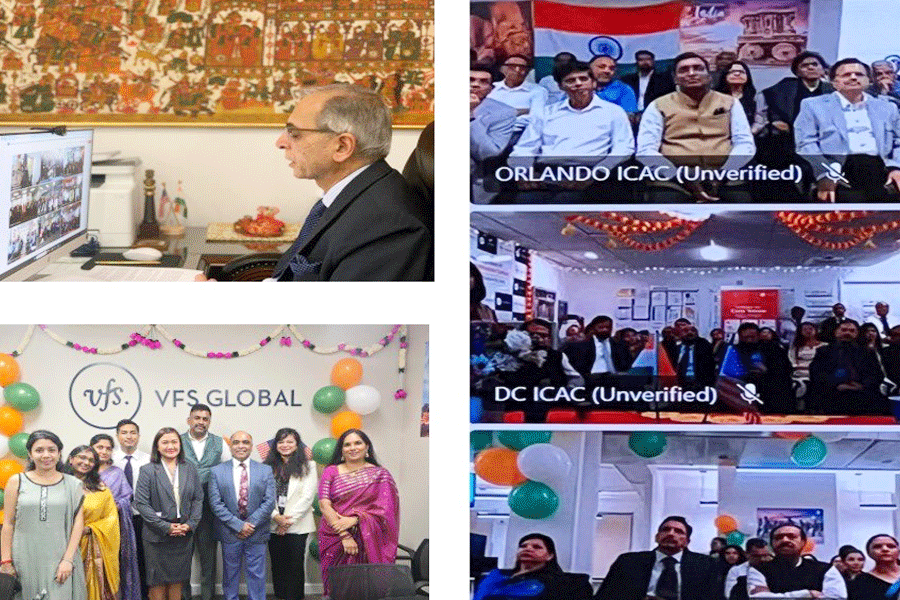 |
July’s here and so is the taxman. Every individual or Hindu undivided family who earned Rs 1 lakh or more during the year ended March 31 this year are required under section 139 of the income tax act to file their returns before July 31.
Those who fail to file their returns within the specified date, will have to pay a penalty at the rate of 1 per cent per month; and if the return is filed after March 31, 2008, you will have to pay Rs 5,000 more.
If you think you do not need to file returns separately since your employer has already deducted tax at source from your salary, you are grossly mistaken. Even though tax has been deducted at source from the salary and there is no further liability on your part, it is a legal obligation for every individual whose total income during the financial year ended March 31 has exceeded Rs 1 lakh (Rs 1.35 lakh for women and Rs 1.85 lakh for people above 65 years of age) to file a return.
The tax department has announced a set of new income tax return (ITR) forms categorising the taxpayers into eight different classes on the basis of the type of taxable income. The table gives an overview of different forms that can be used by an individual taxpayer or HUF.
Supporting papers
You need the following documents while calculating tax liability and filing returns.
Form 16: It is the annual salary statement issued by your employer and provides details about the income earned during the year and tax deducted at source.
Form 16A: You need to collect this form from banks and companies that have deducted the tax while making payments (other than salary) such as interest, contribution fees and dividend to you during the year.
Summary of account: Keep a summary of all your bank accounts (which includes accounts in the name of your minor children or spouse in case she/he has no other income) that you operated in the last financial year. The bank statements have details of the interest income earned and the expenditures incurred during the year.
Details of property owned: If you own some property or have bought a new one during the last financial year, keep receipts of property tax paid during the year and rent received, if any.
Details of sale and purchase of investments or assets sold during the year. Details of any other tax payments made during the year.
Tax preparers
The income tax department has launched a tax return preparer scheme this year. The tax department, in association with NIIT, trains un-employed/partially employed persons to help small and medium taxpayers (for whom an audit of accounts is not required under the tax laws or if the person is a non-resident Indian) in preparing their returns of income.
A tax return preparer will charge a maximum of Rs 250 from an existing taxpayer who has been filing income returns continually for more than three years. In case of a new assessee, a preparer can charge up to Rs 250 depending on certain conditions.
A preparer gets as remuneration 3 per cent of the tax paid on the returns prepared and filed for every new assessee (who is filing returns for the first time or after a gap of three years) in the first year (subject to a maximum of Rs 1,000); 2 per cent in the second year and 1 per cent in the third year.
In case of a new assessee, a preparer won’t charge any fee from the taxpayer if his/her commission is more than Rs 250. In other words, if a new assessee has to pay a tax upwards of Rs 8,333.33, the assessee won’t have to pay any fees to the preparer.
In case the disbursable commission is less than Rs 250, a new assessee will pay the preparer the difference. For example, if you are filing returns for the first time and your tax liability is Rs 8,000, you will have to pay Rs 10 (Rs 250 — 3 per cent of Rs 8,000) for preparing and filing your return.
You can log on to the site: www.trpscheme.com or call up the toll-free helpline number 1800-11-8777 from a BSNL or MTNL telephone or send an email at helpdesk@trpscheme.com if you are looking for a preparer’s address or contact details in your neighbourhood.
However, there are few takers for the scheme even though the deadline for filing returns is fast approaching. This is because traditionally chartered accountants and income tax lawyers have been guiding assessees not only in filing their income returns but also managing their tax liabilities. “With a nine-day training in tax laws, the preparers can only fill in the return forms and file them,” said a practising chartered accountant.
They are quite confused about the wide array of tax laws and where to file the returns. One gets a glimpse of that confusion by browsing through one of their message boards on the Net: http://asia.groups.yahoo.com/group/trps2007/messages/201?viscount=100.
e-filing
One can also file returns of income online and that too without acquiring a digital signature. For this, the tax department has authorised a few e-return intermediaries through which you can file your return of income electronically.
The intermediaries will digitise the data of such returns and transmit the same electronically to the e-filing server of the income tax department under their digital signatures.
You can also submit your returns electronically without a digital signature. This involves a 10-step process. To do this, you will have to go to the website:http://india.gov.in/outerwin.htm?id=http://incometaxindiaefiling.gov.in/portal/index.jsp and follow the steps as described.
However, you have to take a print out of ITR V, fill it up manually and submit the same with the local income tax office within 15 days of e-filing the return. ITR V serves as the acknowledgement as well the verification form.
Manual submission
You can submit returns physically at the local income tax office or at designated post offices. There are 1,887 post offices across the country where assesses can file their income returns. Check the website: http://www.incometaxindia.gov.in/List_postoffice.asp to locate the nearest post office where you can file your return of income.










